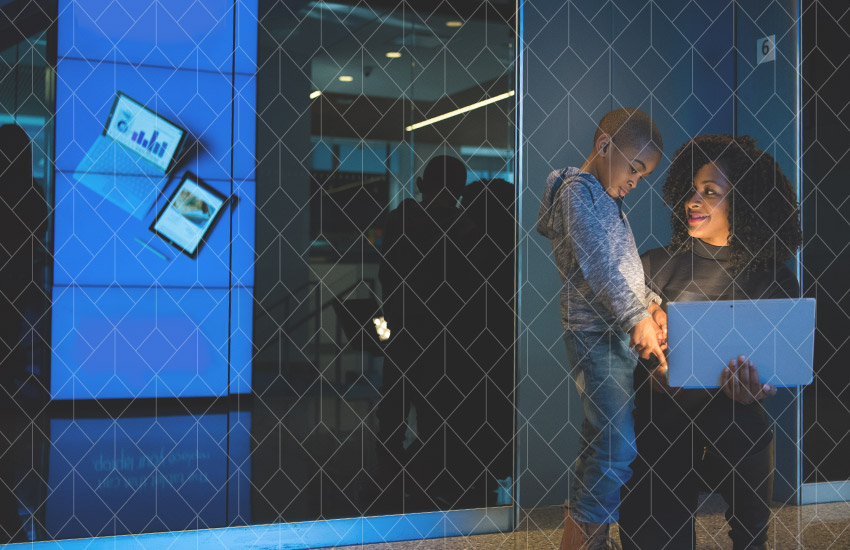Modern Kids and Tech Immersion

Education Cybersecurity Weekly is a curated weekly news overview for those who are concerned about the Education industry. It provides brief summaries and links to articles and news across a spectrum of cybersecurity and technology topics that are specific to the industry.
Collaborative workspace assist in teaching coding to students
EdTech Focus on K-12 on September 28, 2018
Makerspaces, collaborative workspace set up in schools or libraries, help teachers teach students complex technical skills like coding. Collaborative projects students work on allow using creative solutions to explore areas in science, technology, engineering, and math.
Unlike formal classes, makerspaces are always accessible to students and encourage them to explore their own interests and visualize core computer science concepts through hands-on learning. For example, at Tampa Prep, students were interested in exploring virtual reality and programming. The school now has a lab space dedicated to VR and coding exploration. Using Unity 3D, the students create their own apps and video games.
One of the goals of any makerspace should be to instill the maker mindset in students through a series of creative experiences while simultaneously building 21st-century skills.
computer science teacher Nick Provenzano writes for Getting Smart
An early educator AI robot
CNN Edition on September 28, 2018
In China, early education products have taken a futuristic turn where the popularity of devices based on AI are proliferating. Tech-savvy parents believe the pros of AI gadgets go beyond the realm of education. BeanQ, for example, acts as a remote babysitter, automatically taking snaps of children and uploading them online for parents to see.
Some experts, however, have questioned the worth of the AI-based education devices, dismissing them as little more than a “low-end smartphone” for busy parents. Others have raised concerns about privacy and kids’ safety. You use or you do not use AI robots for your child’s early education – it is up to you to decide.
Immersive education of the future
EdTech Times on September 27, 2018
Technologies are more frequently used in real-world applications and becoming more multi-purposed than ever imagined. The next generation of training is connected to immersive learning.
Some kinds of immersive tech or extended reality (xR) are becoming accessible to educators and companies.
- Augmented reality (AR) is used on a smart device. The software uses the device’s camera to overlay digital aspects onto the real world. AR will project digital items, onto a real image produced by the camera.
- Virtual reality (VR) creates an entirely new digital environment that can be viewed in 360 degrees. Most VR technology uses headsets so it can be completely immersive for a user.
- Mixed reality (MR) is a lesser-known term that can be defined as a combination of AR and VR, using both a virtual headset and a real environment. MR overlays digital aspects onto the real world.
Although the terms are sometimes confused, these popular types of xR differ in usage, level of interactivity and immersion.
